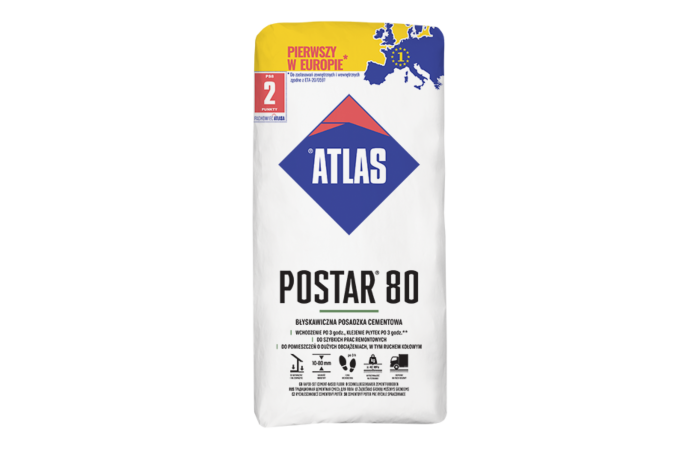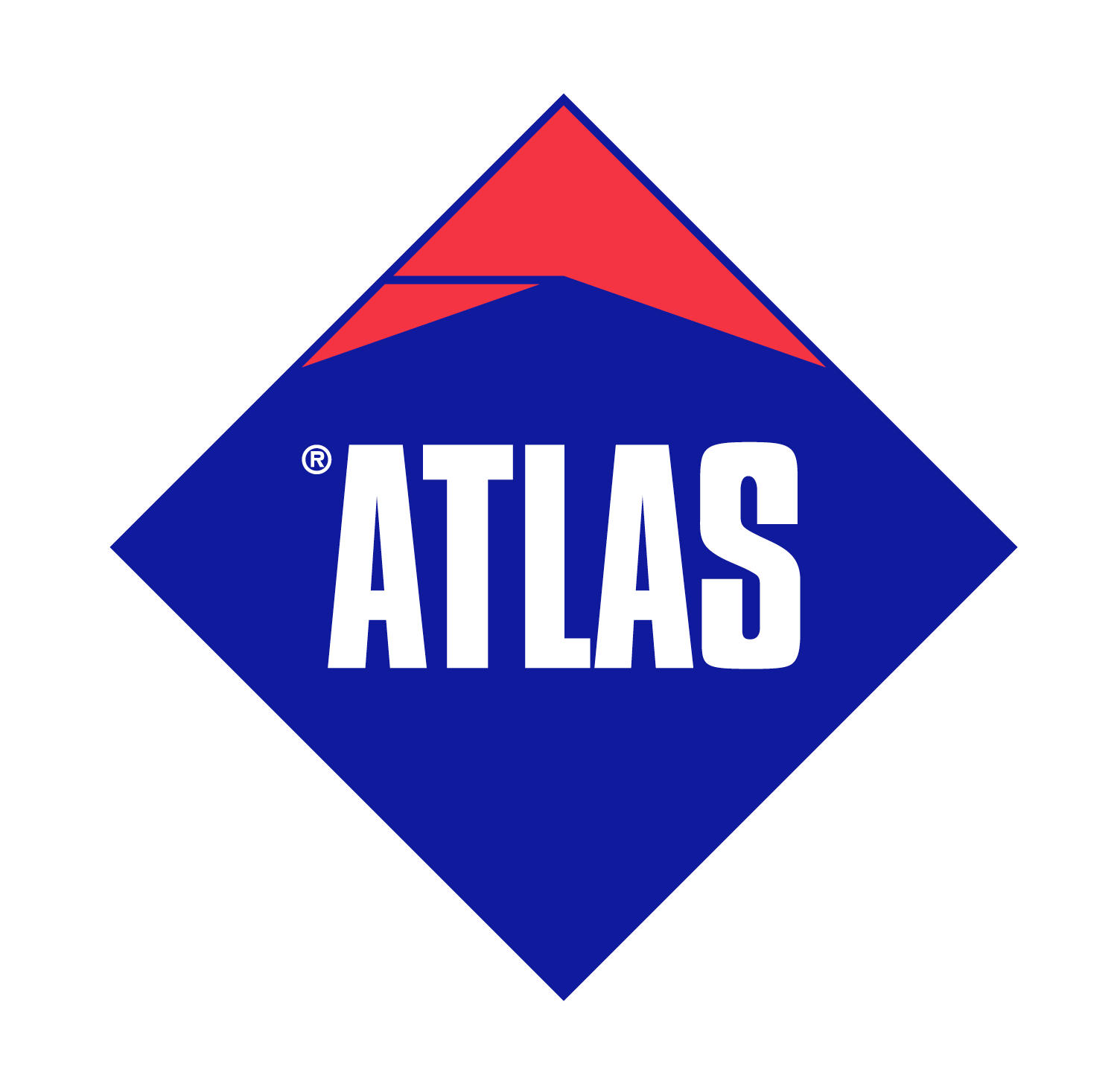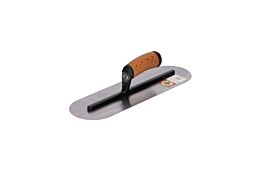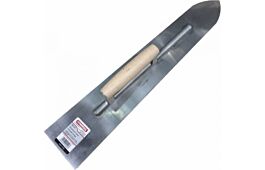ATLAS POSTAR 80 fast setting cement floor (10-80 mm)
Most important features:
fast drying - fixing the cladding after 3 hours
fast setting - foot traffic after 3 hours
excellent cohesion, under tiles, parquets and epoxy floors
limited linear shrinkage
Main properties:
Thick plasticity - mortar consistency makes it easy to spread, float and to form even surface.
Compressive strength: ≥ 40.0 N/mm² - recommended for any surfaces exposed to medium and high load.
Flexural strength: ≥ 7.0 N/mm².
Abrasion resistance: ≤9.0 cm³/50 cm² .
Low linear shrinkage - minimum changes in linear dimensions during screed drying (approx. 0.6 mm/rm) limit the risk of cracking.
Main parameters:
Mixing ratio (water/dry mix):
- 0,06÷0,08 l / 1 kg - 1,5÷2,0 l / 25 kg
Pot life: min. 30 minutes
Consumption: The average consumption is 20 kg of mortar for 1 m² for each 10 mm of layer thickness.
Product description:
ATLAS POSTAR 80 manufactured as a dry mix of Portland cement, quartz fillers and modifiers.
• Forms screed or floor 10 - 80 mm thick - layer thickness depends on the expected structural arrangement (see table below).
• Recommended for quick repairs – fast setting - rapidly reaches the operational parameters, therefore the technological breaks are shorter and application of subsequent layers quicker: foot traffic and fixing the tiles just after 3 hours.
• Can form screed for top flooring layers, e.g. parquet, epoxy floors and coats - characterised by high cohesion and resistance to setting forces, which occur within the joint with flooring layer, e.g. during expansion and contraction of wood resulting from the changes of humidity.
• Forms floor characterised by high abrasion resistance – recommended for residential housing, warehouses, industrial premises, on driveways, terraces, etc.
• Can be installed as screed with heating system – does not require elastifying admixtures, conducts heat well.
• Enables forming a slope and repairs of concrete surfaces, stairs, slabs, floors.
Types of possible arrangements:
• bonded - thickness 10 - 80 mm
• on separation layer - thickness 35 - 80 mm
• floating - thickness 40 - 80 mm
• heating – the layer above the heating layer should be min. 35 mm thick.
![Stainless steel floor float MSOH 0.65x120x406mm]() Stainless steel floor float MSOH 0.65x120x406mm£43.07 / pcs £35.89 / pcs£36.91 / pcs£30.76 / pcsProduct available: 2 [pcs]
Stainless steel floor float MSOH 0.65x120x406mm£43.07 / pcs £35.89 / pcs£36.91 / pcs£30.76 / pcsProduct available: 2 [pcs]![Floring trowel pointing 58 cm with wooden handle]() Floring trowel pointing 58 cm with wooden handle£20.39 / pcs £16.99 / pcs£17.47 / pcs£14.56 / pcsProduct available: 4 [pcs]
Floring trowel pointing 58 cm with wooden handle£20.39 / pcs £16.99 / pcs£17.47 / pcs£14.56 / pcsProduct available: 4 [pcs]









